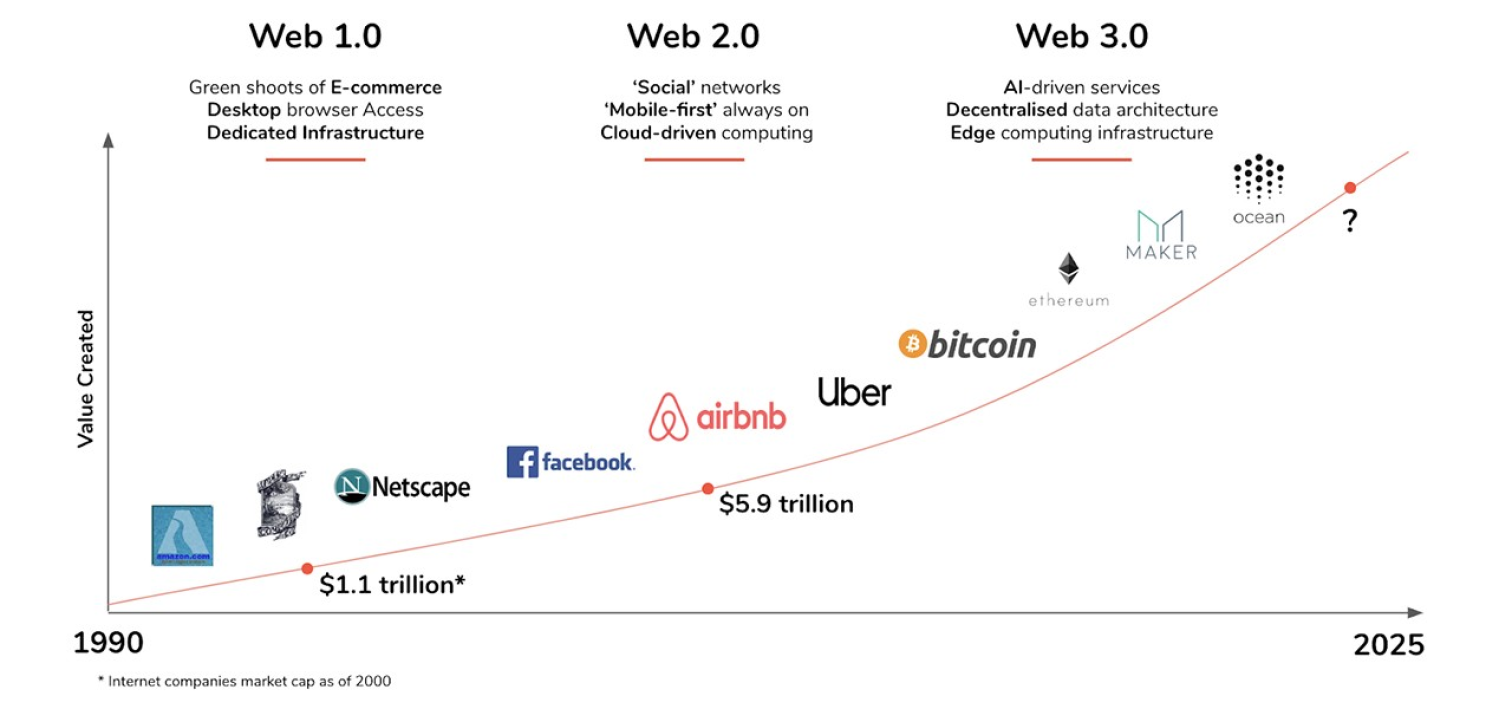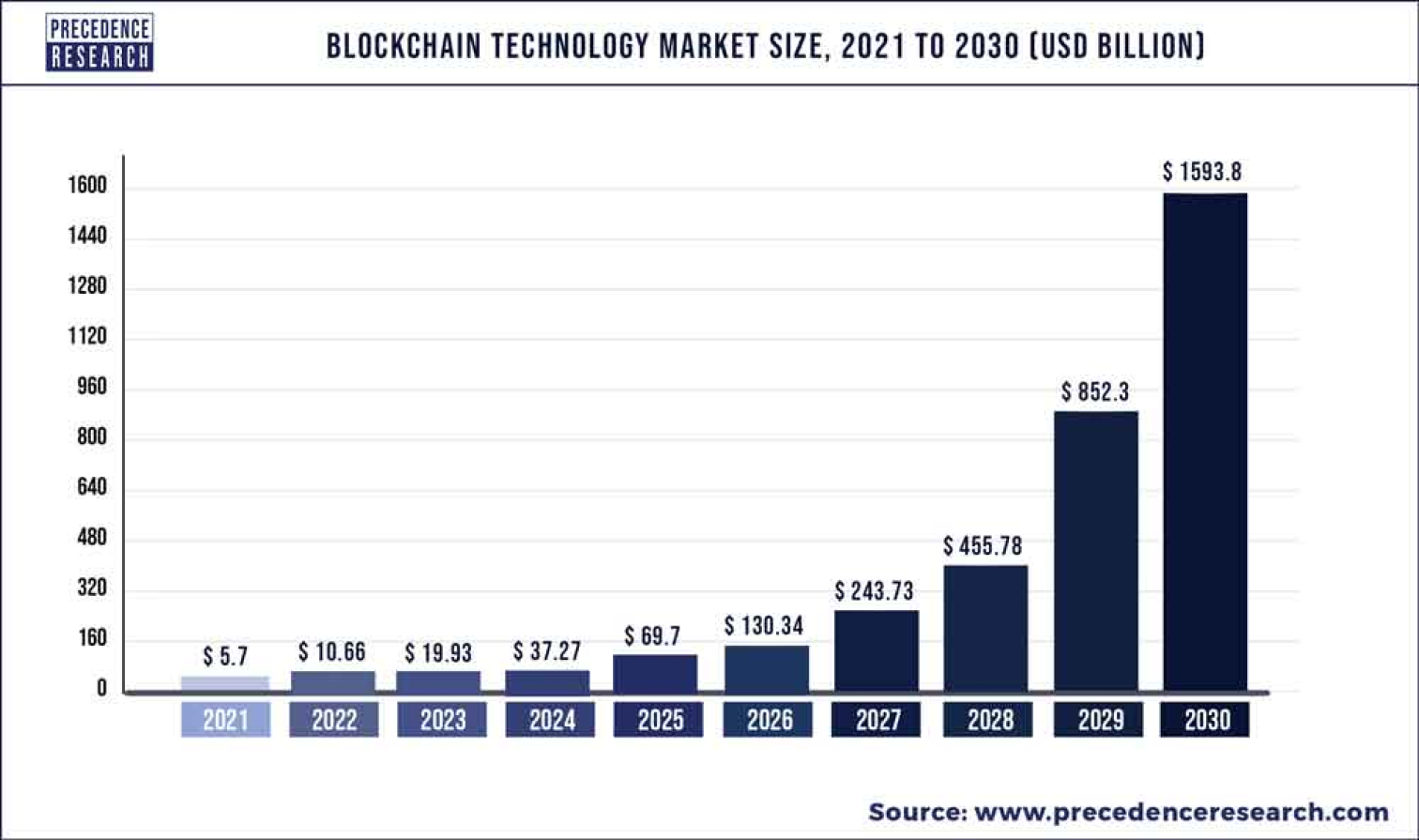Introduction to this blockchain blog series
This is the first blogpost of a blog series about the basics of blockchain technology. We will cover all important aspects of this topic with the goal that anyone who is interested in this field and is not yet an expert can learn about the characteristics, potential benefits but also the risks of creating digital products or services that use a distributed ledger approach (such as the blockchain). In a nutshell, the term Web3 refers to a decentralized version of the internet, where multiple separate computers form a network. Blockchain is the technology behind it that enables and powers this network.





